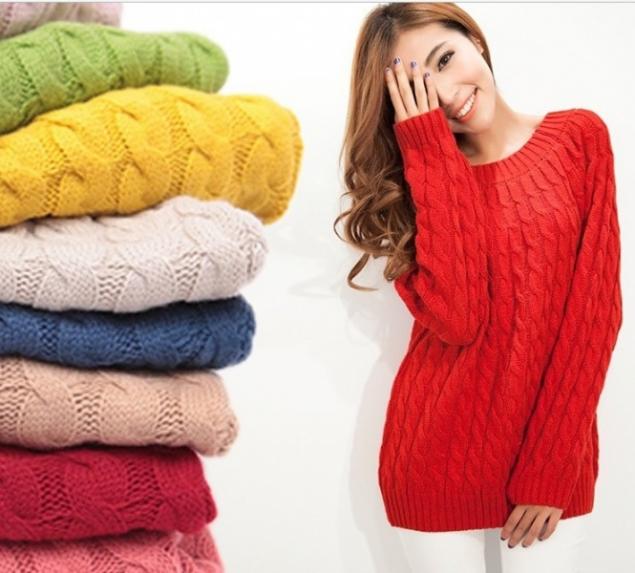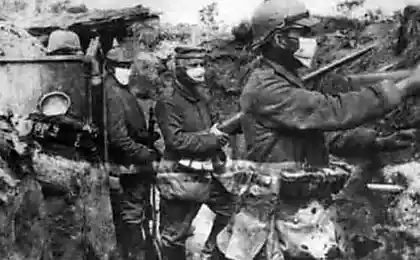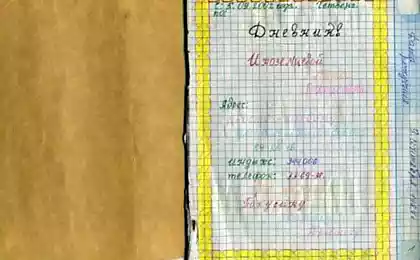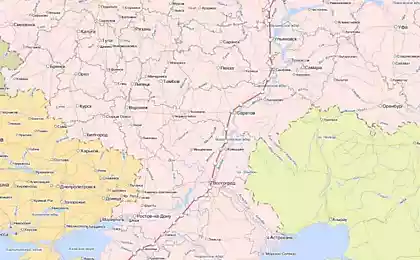956
Soaked in sweat

This is the curse of the modern world – we wear clothes that we don’t even know the history of. Many elements of the wardrobe have a long way of development, going back centuries, and few people think about how it was. Take a sweater. If you try to ask on the street, few people will tell you how it appeared and what it was originally intended for. Oddly enough, such a common type of clothing today can also tell a lot, and its history has had its considerable victories in the field of fashion.
Designed for weight loss
In general, the sweater first widely spread in the countries of Northern Europe and Scandinavia in the XIX century. The weather there was quite harsh, advanced modern technologies of heating houses were still inaccessible, because the sweater saved well from the cold. However, the first known spectrum of application of sweaters was, oddly enough, medicine. Preserved records of doctors of that era, who prescribed the use of sweaters for weight loss, wearing them for exercise. I cannot say that this method is still alive. By the way, hence the name of this type of clothing – from the word “sweat” – sweat. And who would have thought that sweaters would be everyday clothes that you can buy in any online store.
sweater
Further development moved to the industrial steppes. The sweaters were especially to the taste of sailors who were doomed on ships and in port, “enjoying” the icy sea wind. The sweaters helped to escape the cold. In addition, the neck made it possible not to wear scarves when working, which created their own separate problems - untied, fell, hung, got confused under their feet. Further, these clothes were appreciated by loaders, builders, researchers. With the development of aviation, the heating element of the wardrobe found its application there. It was still a long way from the closed thermally insulated cockpits, so many pilots used sweaters. Even attempts were made to create special models with a thickened neck, because everyone knows that angina was almost an occupational disease among pilots of that era. However, such specimens were very uncomfortable, prevented you from turning your head, because scarves still knit over the neck, achieving much better insulation.
Women's sweater
The popularization of sweaters among women occupies a separate page in history. Until now, it was the clothes of working men, but in 1930, Coco Chanel presented at a fashion show a women's suit, which was attended by a sweater. So there was a breakthrough in the world of high fashion. However, the element of the wardrobe was practically not popular among women, the promotion was very weak. But the advent of television changed things. In the 1950-1960s, the sweater began to gain wild popularity. The main popularizer was Marilyn Monroe, who was the first and introduced the fashion for tight sweaters, effectively emphasizing the female figure. Further, the trend was picked up by the Playboy empire, which began to publish erotic photoshoots of girls in sweaters very often. They created a homely look, combined with outstanding shapes, which are perfectly emphasized by sweaters. As a result, in the English language even appeared a separate concept – “sweater girl”, denoting girls with large breasts, which emphasizes tight sweater.
Popularization in the civilian sector
In the USSR, sweaters enjoyed separate popularity. Due to the scarcity, there were very few things to create an individual image, but knitting machines were widespread. Therefore, knitted sweaters were created with individual drawings, colors. Especially their popularity was supported against the background of the spread of factory sweaters, which were not particularly durable.
A wide variety of textures appeared, which received its own names:
- Jamper;
- Cofta?
- Poulover?
- A diver (not exactly a sweater, but they are often considered related due to their characteristic neck), and others.
Especially affected durability - such fabrics quickly lose elasticity, wear, tear and dissolve. Knitted options are much more expensive, but still inferior to hand-knitted sweaters. These can be found as souvenir gifts in various countries, where sweaters and the manner of their decoration are a national traditional treasure. Iranian, Scottish and Indian sweaters are well known. They have characteristic patterns and decoration elements, many of them are created by hand, can retain their qualities for more than 10 years.

























